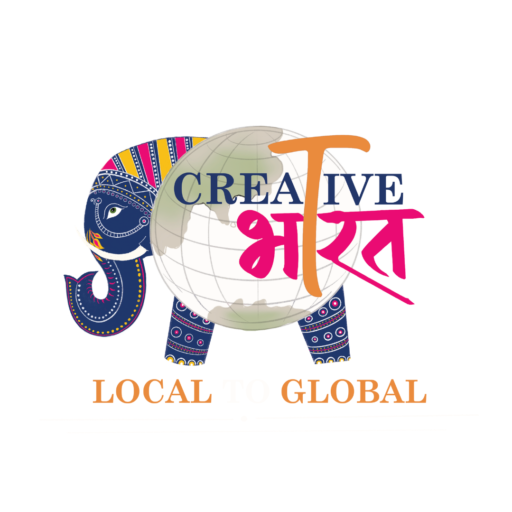US tariff gives Indian textile cos an edge over Asian competitors

Moreover, making Americans work on the low paid textiles or garment sector will make clothing 20 per cent costlier in the US.
| Photo Credit:
SAMUEL RAJKUMAR
The Trump tariff on textile and apparel imports into the US will open up fresh opportunities for India as the levy is the least on India compared to competing countries. In fact, the higher tariff on competitors such as China (54 per cent), Vietnam (46 per cent), Bangladesh (37 per cent), Sri Lanka (44 per cent), Thailand (36 per cent), Cambodia (49 per cent) and Pakistan (29 per cent) will open up new avenues for India even with the 27 per cent levy.
Moreover, making Americans work on the low paid textiles or garment sector will make clothing 20 per cent costlier in the US.
However, Trump’s tariff policy provides a tariff-based edge to Brazil, Turkey, and apparel-exporting EU countries like Italy, Germany and Spain.
From the period April 2024 to February 2025, out of the total $33 billion exports of textiles from India, the US accounted for nearly $10 billion, says government data.
India is well-positioned to expand its market share in the US, driven by this tariff edge, said Prabhu Dhamodharan, Convenor of the Coimbatore-based Indian Texpreneurs Federation (ITF). The ongoing trade negotiations may further enhance India’s position—particularly if India offers zero-duty import of cotton in return for sector-specific benefits in apparel exports. This move could prove to be a game changer for the industry, he said.
A similar view was echoed by Sammir Dattani, Director, Sanathan Textiles who said this presented a unique opportunity for the Indian textile industry to potentially capture a larger market share globally. “While we are prepared to leverage this opportunity by enhancing our production capabilities, we are taking a measured approach. It’s wait and watch for us till the dust settles down,” he said.
Siddhartha Rajagopal, Executive Director, the Cotton Textile Export Promotion Council of India said the Government should negotiate with the US to maintain the levy at the current level of 10 per cent till a Bilateral Trade Agreement is signed.
Labour intensive sectors
India needs to expedite the BTA negotiations emphasising the need to preserve and promote the commitment made to protect the labour intensive sectors such as garments, home textiles and leather, he said.
“We also need Government support to become more price competitive as it will be very difficult to pass through the steep tariffs to buyers,” he said.
While India has advantage over other Asian countries, Rajagopal said the reciprocal tariff on European Union is lower at 20 per cent, while it is just 10 per cent on other countries such as Turkey, Brazil, Chile, Guatemala, Honduras and UK which may try to gain some market share.
Some of the key factors to watch are the response of US consumers, including sentiment and consumption behaviour, will play a crucial role in shaping short-term export trends. There will be some turbulence at the retail level, which can be expected if the tariffs are implemented in full. The way each country retaliates and responds will also influence the next phase of trade dynamics, said Dhamodharan .
There will be short term pain as all buying will slow down. The market is hoping for reversal of tariffs, feels K Sundararaman, Chairman, The Southern India Mills’ Association, and Managing Director of Shiva Texyarn Ltd, Coimbatore. If tariffs continue beyond four months, buying will pick up.
Paresh Parekh, Partner and Retail Tax Leader, EY India pointed out there was a risk as well. “If there is slowdown in consumption in the US due to higher prices, the overall US market itself may shrink,” he said.
“The Indian textile sector also hopes to secure further strategic advantage by inclusion of textile in potential “zero for zero” India-USA trade deal if it materialises,” he added.
Published on April 3, 2025



